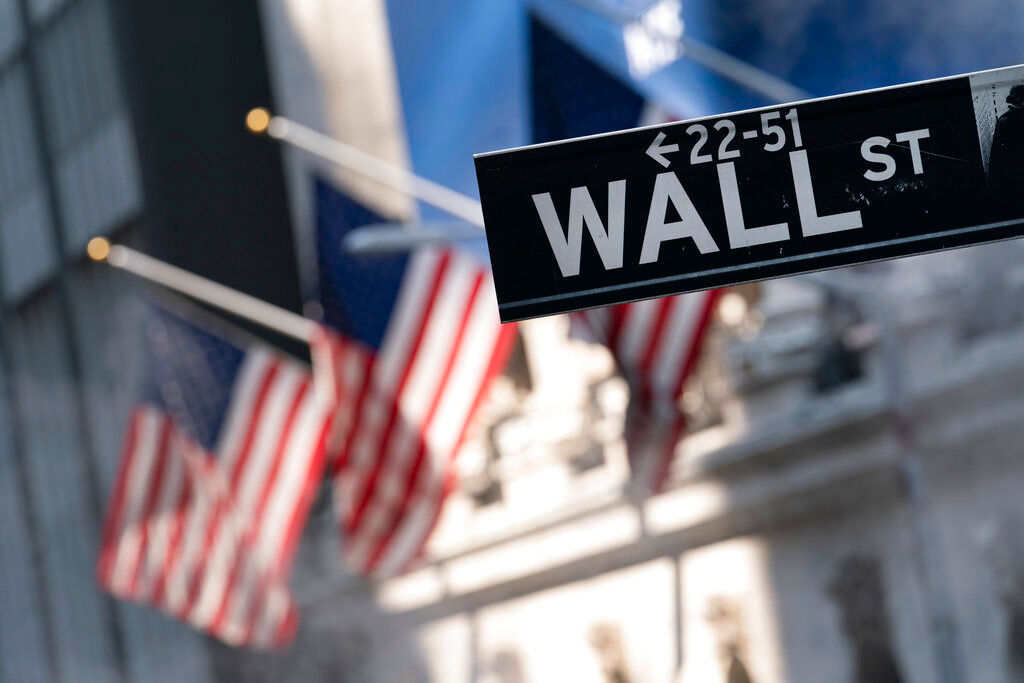Wall Street is swinging between gains and losses on
Tuesday in its trading after falling into a bear market amid worries about a
fragile economy and rising interest rates.
The S&P 500 was 5.62 points or 0.15% down at 3,744.01
in early trading. The Dow Jones Industrial Average was 70.50 points or 0.23%
down at 30,446.24 as of 10:20 a.m. Eastern time zone. The Nasdaq Composite was
16.71 points or 0.15% down at 10,792.51 after swinging between a gain of 0.9%
and a loss of 0.3%.
Also Read | What Marjorie Taylor Greene thinks is the reason for tampon shortage
Markets were much calmer, if still tentative, following
Monday’s worldwide sell-off. Treasury yields were easing back from their
highest levels in more than a decade. Asian and European markets were also
mixed, while a measure of nervousness among stock investors on Wall Street was
edging lower.
Also Read | FDA approves 1st drug for treatment of hair loss disorder alopecia
The only notable exception was bitcoin, which fell
another 6.5% to drop below $22,100, according to CoinDesk. Cryptocurrencies
have been among the worst hits in this year’s sell-off for markets, as the
Federal Reserve and other central banks raise interest rates to rein in
inflation and forcefully turn off the “easy mode” that helped prop up markets
for years.
Also Read | Why AOC’s indecision on endorsing Biden for second presidential term is a big deal
An inflation report offered some support to the market as
it showed that the wholesale inflation was slightly lower in May than expected,
though it remains very high.
According to economists, the data won’t keep the Federal
Reserve from hiking its key interest rate this week by a larger-than-usual
amount. But the figures offer relief following last week’s market.
Also Read | How Russia-Ukraine war is behind highest US inflation spike since 1981
Economists said the data won’t keep the Federal Reserve
from hiking its key interest rate this week by a larger-than-usual amount, with
some even speculating the largest increase since 1994 that’s triple the usual
amount. But the figures offer a bit of salve following last week’s
market-bludgeoning report that showed inflation at the consumer level surged in
May, instead of getting better.
Also Read | No guts, no glory: Donald Trump slams Bill Barr for Jan 6 hearing testimony
The yield on the two-year Treasury slipped below the
10-year yield, at 3.32% against 3.35%. The two-year yield is usually lower than
the 10-year yield, and in the unusual circumstances where it isn’t, some
investors see it as a sign of looming recession.
Also Read | Australia’s tour amidst economic crisis to boost Sri Lanka financially
Higher interest rate benchmarks increase returns on less
speculative investments such as bonds, increasing their attractiveness relative
to stocks. And the moves by design will slow the economy by making it more
expensive to borrow.
Also Read | Eurozone inflation soars to record 8.1% amid rising energy and food costs
Markets are concerned that central banks could cause a
recession if they raise rates too high or too quickly. Last month, the Fed
indicated additional rate increases of double the usual amount are likely in
the coming months. Consumer prices in the US are at the highest level in four
decades and rose 8.6% in May compared with a year-ago period.







